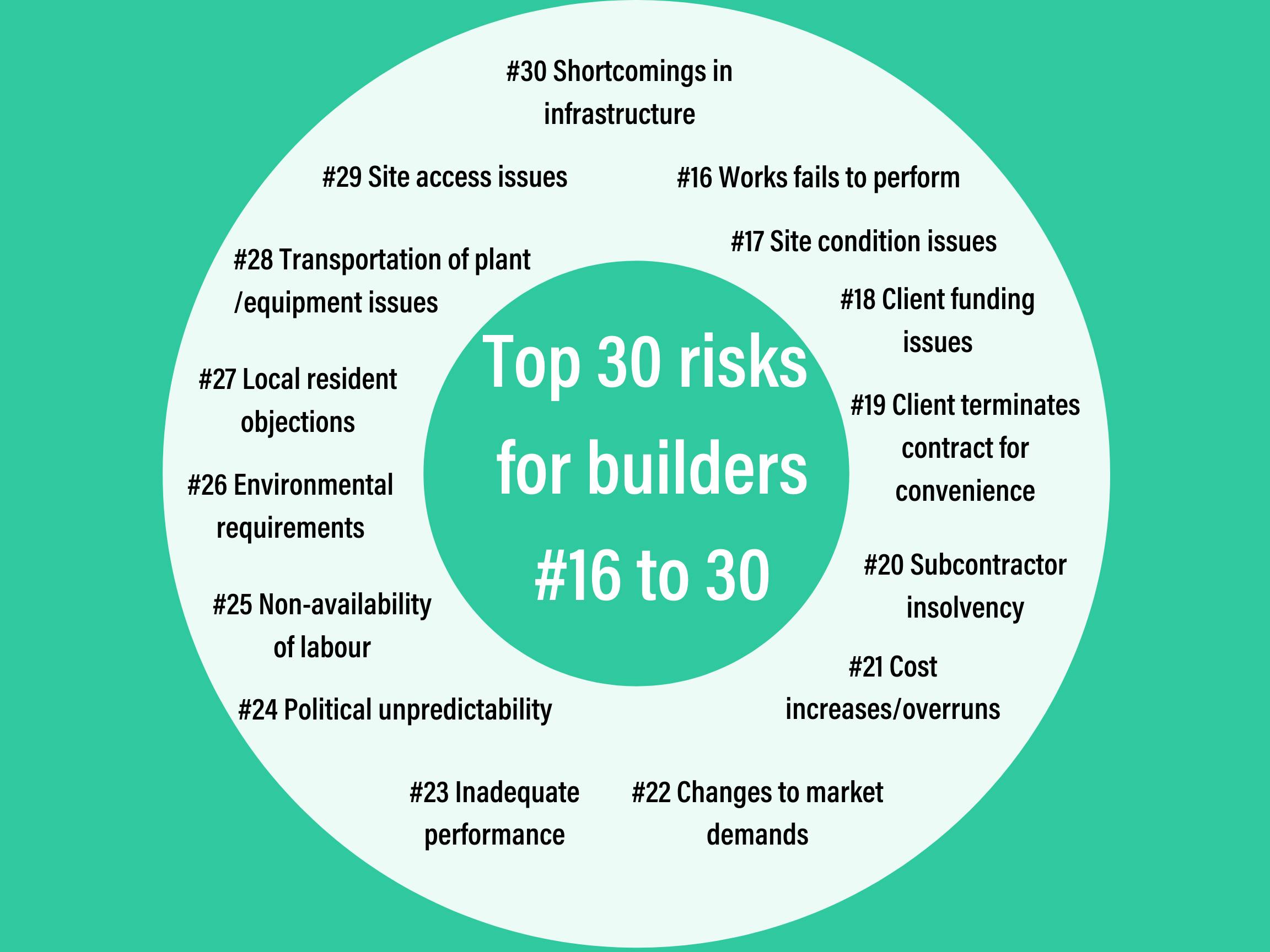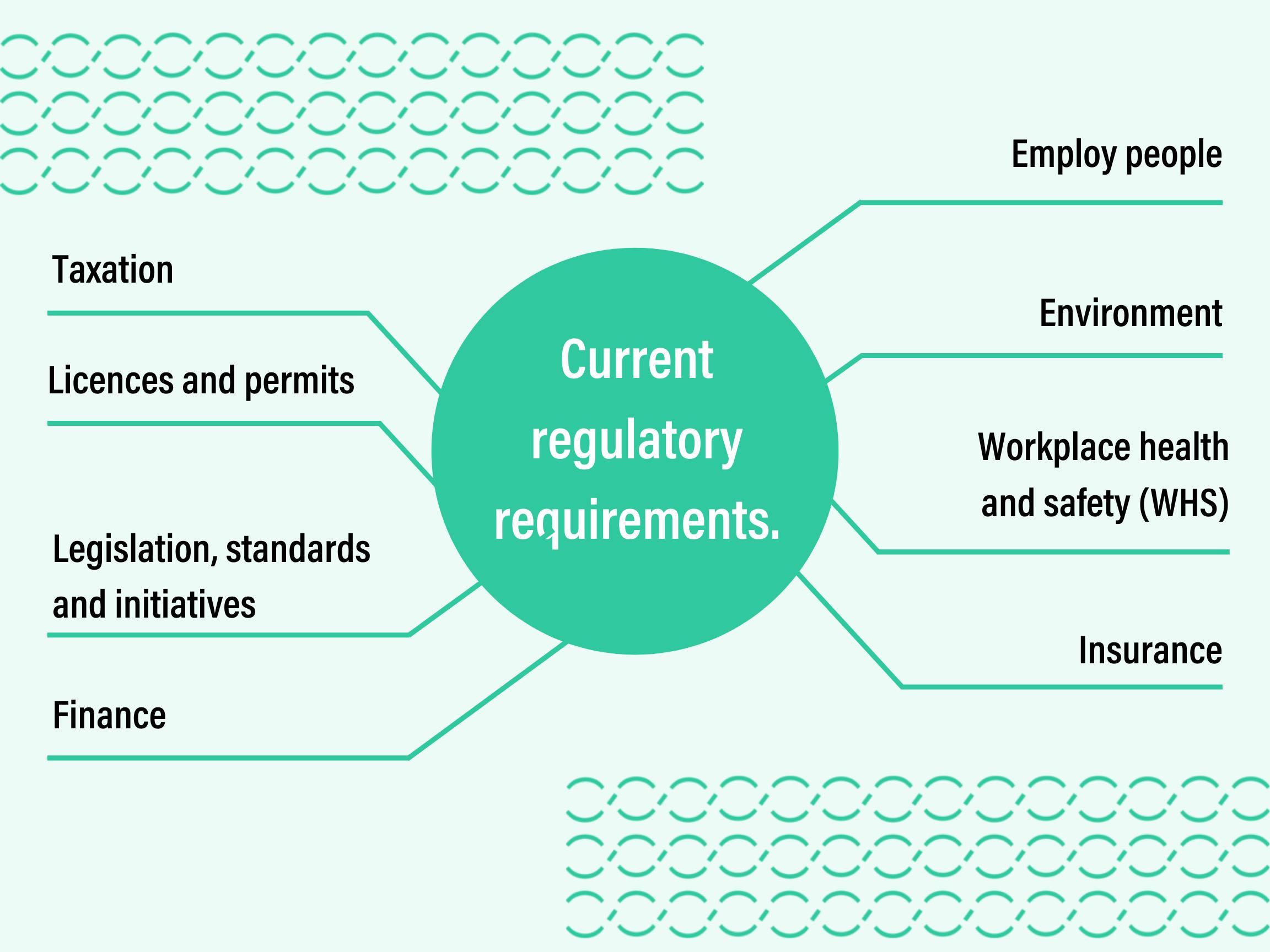‘Risk comes from not knowing what you are doing’. Something for builders to ponder from Warren Buffet.
In 2020, builders will be exposed to an increasing number of project risks that I am sure will cause many to suffer from bouts of insomnia. The challenge for builders is to correctly identify all risks they must accept, and then to appropriately price that risk. This will prove extremely challenging for many. However, if builders do this well then 2020 will be their best year yet and if they fail…. they work for free.
I am not formally qualified in risk management, so if there are readers wanting a deep academic dive into all things pertaining to risk, I suggest they stop reading this article now. Over the past 25 years (22 working for the building regulator), what I have gained is a deep practical insight into all things relating to risks for builders, particularly those of a regulatory nature.
I would like to make the point that by focusing on the plight of builders in this article in no way should it be construed that I believe subcontractors have it any easier when addressing projects risks. However, subcontractors face different risks to that of builders. I will be writing another article on their experiences in this regard.
The idea of builders trying to determine, up front, all the various things that could go wrong in a project is definitely a difficult task for most to undertake. Many projects hit turbulent times (or collapse completely) which can often be the result of the failure of the builder to identify potential risk issues and take them into account up front.
While no builder has a crystal ball and can predict every issue that may (or may not) happen, it is important to still make a determined effort to evaluate as many possible risks and develop action plans to cope with them.
It has been my experience that many builders fail to give risk adequate consideration when it comes to tendering for projects. Furthermore, I believe that some builders treat risks as an afterthought and simply add a “contingency cost” to cover them. In other words, they make a guess.
Builders need to adopt a very methodical approach in the pricing of risks when developing a tender for a project. If projects risks are accurately identified and the potential costs are properly reflected in the tender then, subject to good contract administration, the project should be profitable for the builder.
If the risks and potential costs are high, the builder can either price the risks into the tender or simply decide not to proceed.
My top 30 risks for builders.
Like ticks of the time bomb, follow my top 30 risks for builders around below:


Number 1 risk for builders – regulatory requirements.
Current regulatory requirements.
A government website outlines in great detail all the regulatory requirements that a builder may have to currently comply with, or have regard to in the delivery of a project to a client.
I would encourage readers to click on the above link and spend 15 minutes reflecting on the enormous challenges builders face in keeping up to date with all these requirements, which include:

In an article of this nature, I cannot undertake a comprehensive review of all eight categories of regulatory requirements. However, I will address one category, namely the licences and permits a builder may have to obtain, or require subcontractors to have, in the delivery of a project.
Licences and permits.
Queensland has one of the highest obligations throughout the world for the attainment of licenses and permits to operate in the construction industry. There are over 90,000 individuals and companies licensed by the Queensland Building and Construction Commission and this is just the tip of the iceberg.

But wait, there is more happening in this regulatory space!
1. There is a raft of new regulatory reforms that are in the process of being implemented or developed, which I outlined in a previous article 2020 must see the realisation of construction industry reforms. These reforms include:
- New mechanical services licensing framework.
- New Minimum Financial Requirements for contractors.
- Safer Buildings (combustible cladding)
- Development of compulsory continuing professional development for licensed contractors.
- Building Industry Fairness Reforms.
- Enhancing the building certification system.
2. The Building Ministers’ Forum (BMF) manages regulatory issues affecting the building and construction industry and comprises of commonwealth, state and territory government ministers with responsibility for building and construction.
The BMF’s work covers:
- harmonisation of building regulations and standards;
- collaboration on compliance and enforcement; and
- other issues affecting the industry.
The BMF appointed Professor Peter Shergold AC and Ms Bronwyn Weir to undertake a review of the compliance and enforcement systems for the building and construction industry, resulting in them providing a Building Confidence Report with a number of regulatory reform recommendations for consideration.
In a BMF communique dated 13 December 2019 it was stated that in relation to recommendations contained in the above report:
“Key work already undertaken has included:
- Development of amendments to the 2019 National Construction Code (NCC) including a best practice process for the development of performance solutions to strengthen their consistency and quality.
- Development of a new Continuing Professional Development (CPD) module on the NCC to ensure building practitioners have a better understanding of the requirements within the NCC.
- Development of a new nationally consistent definition of ‘complex buildings’ with further consultation on the definition and targeted regulatory interventions to continue in early 2020 with a view to inclusion of the definition in the NCC.”
3. There is also a new focus on some existing regulatory requirements. By way of example, I note a QBCC blog dated 7 March 2019 concerning designing and building to accommodate earthquake loads, where it is stated:
“A common misconception in the building industry is that only the primary structural frame of a building needs to be considered for earthquake actions, this is not the case. Non-structural components of a building and their fastenings need to be designed for earthquake forces as required by AS1170.4
Additionally, on multi-storey buildings ‘inter-storey drift’, which is the amount of potential movement that could occur between floor slabs above one another in any given storey of a building during an earthquake event, needs to be considered.”
Final thoughts.
There is intense focus on the NCC, with many people extremely critical of its effectiveness. In an article by Timothy O’Leary, lecturer in Construction and Property, University of Melbourne entitled Australia has a new National Construction Code, but it’s still not good enough, he stated:
“Safety should not be a matter of good luck or depend on an accidental selection of a particular building material or system. New buildings born of this new code are hardly likely to differ measurably from their troublesome older siblings. The anxiety for insurers, regulators and building owners continues.”
In an article by Geoff Hanmer, adjunct lecturer in Architecture UNSW entitled Building standards give us false hope. There’s no such thing as a fireproof house, he stated that in relation to new homes built in ‘bushfire prone’ areas:
“The National Construction Code provides false, and dangerous, hope.”
In a further article by same author entitled To Restore Public Confidence in Apartments, Rewrite Australia’s Building Codes he states:
“The National Construction Code originated as a minimum standard to deliver structural integrity and fire safety. It was never intended to provide effective control over all the aspects of building work that make houses or apartments liveable and durable. This might come as a surprise to many people, including those in government, but it is inherent to the “minimum standard” approach that underpins the structure and objectives of the code.”
I accept that other people will see the effectiveness of the current NCC in a much more positive light. However, like so many other crucial issues presently confronting the industry, I think the most important thing all participants should be doing is talking to each other about them.
In terms of builders, they can react to this article in one of two ways, namely:
- Throw their hands up in the air, say it is all too hard and basically accept there is nothing they can do about all this regulation. The doomsday option.
- Become engaged and make their voices heard either individually or via an industry association. The ‘take responsibility for my industry’ option.
I sincerely hope that most builders choose the later.
As always, I welcome comments.
Not intended as legal advice. Read full disclaimer.


